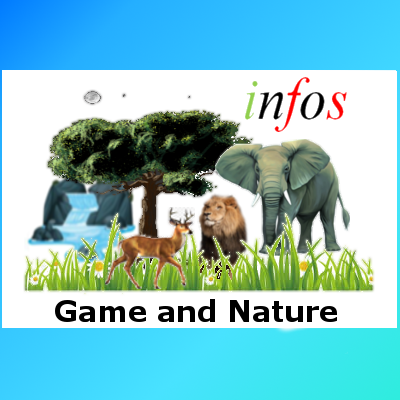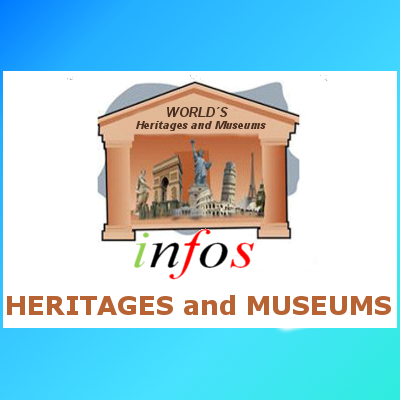What You Need To Know
Stellenbosch is a town in the Western Cape province of South Africa, situated about 50 kilometres (31 miles) east of Cape Town, along the banks of the Eerste River at the foot of the Stellenbosch Mountain. It is the second oldest European settlement in the province, after Cape Town. The town became known as the City of Oaks or Eikestad in Afrikaans and Dutch due to the large number of oak trees that were planted by its founder, Simon van der Stel, to grace the streets and homesteads.
Stellenbosch has its own municipality (incorporating the neighbouring towns of Pniel and Franschhoek), adjoining the metropolitan area of the City of Cape Town. The town is home to Stellenbosch University. Technopark is a modern science park situated on the southern side of the town near the Stellenbosch Golf Course.
Population: 155,733(2011)
Area: 812 km²
Currency
Currency of Durban. The currency used in South Africa is the rand (R), with 100 cents making up one rand. Notes are available in R10, 20, 50, 100 and 200 while coins come in denominations of 1, 2, and 5 rand as well as 1, 2, 5, 10, 20, and 50 cents. The best exchange rates are available from banks.
All major Mastercards, VISA, and American Express cards are accepted.
Climate
In Stellenbosch, the climate is warm and temperate. In winter, there is much more rainfall in Stellenbosch than in summer. The climate here is classified as Csb by the Köppen-Geiger system. The temperature here averages 16.4 °C. The average annual rainfall is 802 mm.
Language
population of Stellenbosch is primarily Afrikaans speaking (70{b2708e80daf81ee9d0cdbdc6559660d7d4471a285289b832a6c955014e0cb5b6}), with English (10{b2708e80daf81ee9d0cdbdc6559660d7d4471a285289b832a6c955014e0cb5b6}) and Xhosa (20{b2708e80daf81ee9d0cdbdc6559660d7d4471a285289b832a6c955014e0cb5b6}) speaking minorities. The black population mostly speaks Xhosa as their home language, with whites speaking Afrikaans or English, the coloured (mixed-race and Khoisan descent) is primarily Afrikaans speaking and are in the majority (50{b2708e80daf81ee9d0cdbdc6559660d7d4471a285289b832a6c955014e0cb5b6}).
Getting Around
Stellenbosch is small enough that the entire city centre can easily be covered on foot. The Tourism Bureau also has a few cycles to rent. A curiosity is that there are no street signs. If you look closely you will see that the street names are indicated in yellow (in Afrikaans) on the edge of the sidewalks.
Viticulture and winemaking
The Stellenbosch, Paarl and Franschhoek valleys form the Cape Winelands, the larger of the two main wine growing regions in South Africa. The South African wine industry produces about 1,000,000,000 litres of wine annually. Stellenbosch is the primary location for viticulture and viticulture research. Professor Perold was the first Professor of Viticulture at Stellenbosch University. The Stellenbosch Wine Route established in 1971 by Frans Malan from Simonsig, Spatz Sperling from Delheim and Neil Joubert from Spier, known as Stellenbosch American Express® Wine Routes since 2002, is a world-renowned and popular tourist destination. This route provides visitors the opportunity to experience a wide range of cultivars and includes farms such as Warwick and JC Le Roux.
The region has a mediterranean climate with hot dry summers and cool wet winters. Stellenbosch lies at the foot of the Cape Fold mountain range, which provides soil favourable to viticulture. Grapes grown in this area are mainly used for wine production, as opposed to table grapes. The region possesses a wide range of soils in the area, from light, sandy soils to decomposed granite. Stellenbosch Cabernet Sauvignon is beginning to get a good reputation as a fine wine.












